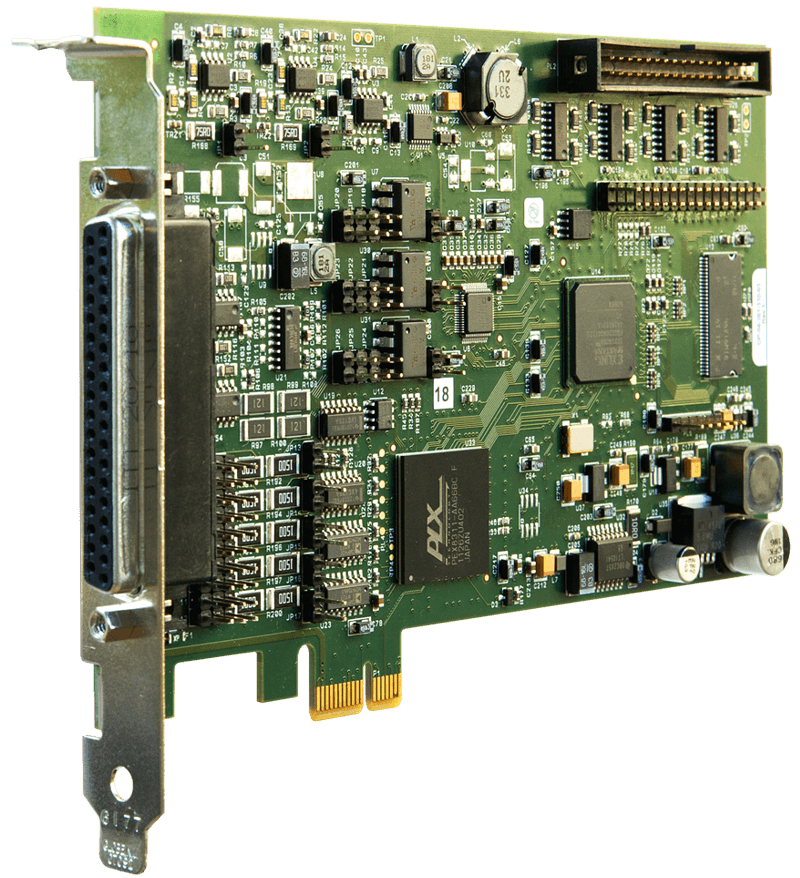- HPx-200e PCI Express card is the latest addition to Cambridge Pixel's HPx radar acquisition card family which includes cards in PCI and PMC form factors
- New card reflects adoption of PCI Express bus as the primary motherboard-level interconnect on modern computers
CAMBRIDGE, United Kingdom, January 24th, 2012 - Cambridge Pixel (www.cambridgepixel.com), a developer of sensor processing and display solutions, has introduced the HPx-200e PCI Express-based primary radar acquisition card in response to the growing adoption of the PCI Express bus as the primary motherboard-level interconnect on modern PCs.
The HPx-200e card extends the product family, which already includes radar input cards in PCI and PMC form factors, to provide a x1 lane PCI Express option. The new card supports multiple analogue and digital radar inputs, in addition to trigger and azimuth (ACP/ARP and parallel data) signals. The card also provides a capability to detect missing signals to provide software alarms for loss of triggers or azimuth data.
Commenting on the announcement, David Johnson, Cambridge Pixel's managing director, said: "Cambridge Pixel is committed to updating and extending its range of radar acquisition products to offer up-to-date solutions on all relevant form factors. PCI Express bus is present on virtually all modern PCs - and is being used increasingly in industrial applications - so it makes strategic sense for us to support it."
By retaining the signature flexibility of the HPx range, the HPx-200e card supports a wide range of signal types and voltages, allowing connection to a diverse range of commercial and military radar types including those from Furuno, Kelvin Hughes, Terma, JRC, Koden, Sperry, Raytheon, as well as specialist military radars.
Capturing a single video input at 12-bits or 2 channels at 8-bits each, the HPx-200e uses an FPGA to provide initial pre-processing of the radar video before transferring the video data to the driver software running under Windows or Linux. The onboard FPGA also offers capability for expanding the data processing functions for customized applications.
For developers, the new HPx-200e card will be supported by a C/C++ board support library and the SPx software development kit for custom development of radar servers and clients. For users looking for a ready-to-run radar display client or tracking server, Cambridge Pixel's RadarView and SPx Server packages will support the new card.
Cambridge Pixel's HPx-200e is part of a family of radar acquisition and processing components that provide system integrators with a powerful toolkit to build server and client display systems. The company's world-leading SPx suite of software libraries and applications provide highly flexible, ready-to-run software products or "modules-of-expertise" for radar visualisation, radar video distribution, plot extraction and target tracking.
Cambridge Pixel's engineering team has decades of experience of developing complex radar and sensor processing and display systems for naval, air traffic control, vessel traffic, security and airborne radar applications.
Media contact:
Martin Brooke (for Cambridge Pixel)
Martin Brooke Associates
Tel: +44 (0) 1223 882174
Email: [email protected]
Found this interesting? Please share it with your network:




